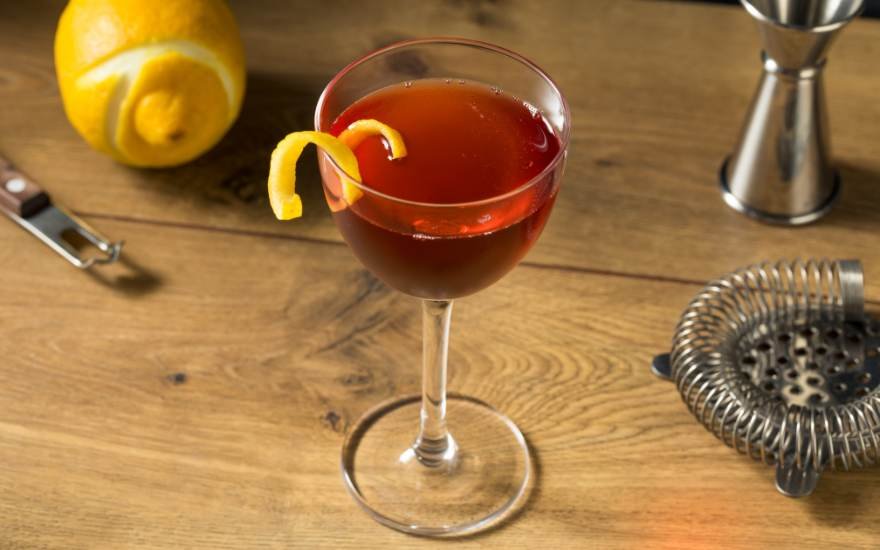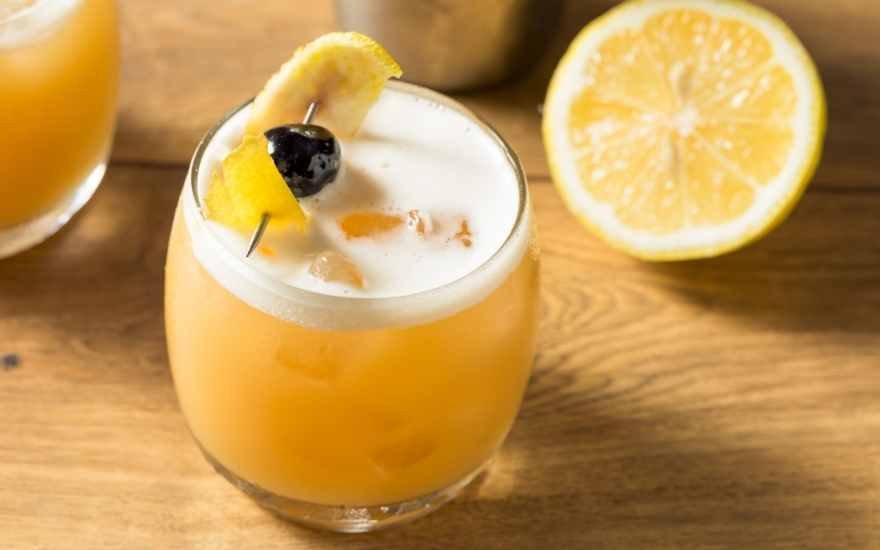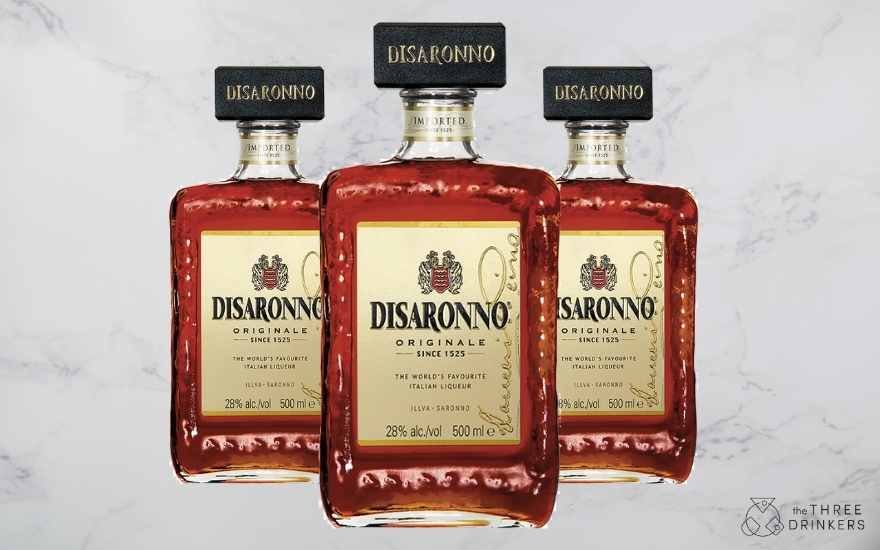The key to holiday effervescence is time with loved ones, great food, and the often overlooked category of sparkling red wines. Many wine lovers aren’t well-informed on this category, if they know it exists at all. The category itself tends to get a one-note reputation from the popularity of the overly sweet varieties making people assume all sparkling reds fit into this box. While sweet sparkling reds are definitely enjoyable, there’s also options all over the sweet-dry spectrum that can be enjoyed by all.
Sparkling red wine has the advantage of the deep cozy feelings that red wine brings into the holidays, as well as the bold and counter-cultural self-assured prestige which can accompany one’s appreciation of any under-valued category. Whether the goal is to impress loved ones with elevated tastes or just imbibe in a range of unique and delightful seasonal sparkles, these four bubbly bangers will dance over any taste buds for some holiday happiness!
Bolney Wine Estate Cuvée Noir
Starting with a traditional sweet wine for those looking for that delicious pairing for puddings, this deep sparkling red is everything the category's been known for. However, most fans will be expecting one of two locations to be producing this type of wine: Italy or Australia. While others on this list do, in fact, hail from those locations, this one comes from a place a little closer to home. Bolney Wine Estate in West Sussex, England brings a unique and unexpected origin to this list and uses 100% Dornfelder, a red grape from Germany. This wine has a robust bubble structure, which adds some levity to the sweet red plums and red cherries.
Size: 75cl
ABV: 12.5%
Find here: £32
Cantina Di Soliera Lambrusco Grasparossa Di Castelvetro NV
An exemplar of the category, this lambrusco originates in Italy and brings a pure traditional flavor. Flavor. Super intense red, full of red and black forest fruits, and bringing delicate sweetness to the table. Where this one differs, is in bubble structure. A bit lighter than the previous selection and a touch dryer. Being a bit more airy, it does come across less sweet than a dessert wine but sweeter still than a before dinner drink. The light-heartedness of this might work best between meals or balancing a spicy or citrusy fish-based meal. The tannins at the end are what give it a dry sense that make it go down a little too quick and a little too easy.
Size: 75cl
ABV: 8%
Find here: £9.95
Peter Lehmann Masters Black Queen Shiraz Sparkling Wine
The heavy hitter of this list, this wine tops out at 14%. A big swing of blackberries, blueberries, and deep rich tones of dark chocolate. Though the finish on this one isn't as dry, the wine itself does not lean as sweet as the others. The depth of this wine brings soft bubbles that won't overpower any of its delicate flavors. This is absolutely a during-dinner sparkling red - hearty enough to hold up to a full day of holiday conversations and smooth enough to accompany any roast dinner. The Australian sparkling Shiraz is the alternative answer given to those seeking to discover the opposite side of the sweet reputation of sparkling reds.
Size: 75cl
ABV: 14%
Find here: £27.50
Paulett Trillians Sparkling Red
Another from the Australian side of sparkling reds, this wine is a blend that incorporates some savory notes and minerality. Not as deep and brooding as any others on the list, it is lively, easy drinking, and well balanced. There are certainly more tannins in the finish than any others on the list, and would be recommended for experienced wine drinkers possibly new to sparkling reds. The simple label and undefined category do not do justice to the complexity and flavor, this wine brings to the sparkling red category. The snappy bubbles and versatile flavors will keep conversation flowing, jovial company, and any palate primed for a night of cozy celebration.
Size: 75cl
ABV: 13.5%
Find here: £17.00
Sparkling red wines can be an unexpected holiday hero, bringing both festivity and versatility to your gatherings. Shattering stereotypes is easy with a few deep dives into the options online. The category is as diverse as every palate attending the festive celebration. Savoring the traditional sweetness of the Cuvée Noir, exploring the Italian charm of Lambrusco, diving into the rich depths of sparkling Shiraz, or enjoying the lively balance of a blend. Each bottle can bring something unique to the event with warmth, connection, and even a touch of extraordinary.
Let your wine glasses sparkle as much as your celebrations, let your pairings pop outside expectations, and let the cozy rich colors of the holidays spill into your sparkling wines.
by Zach Sapato





















































